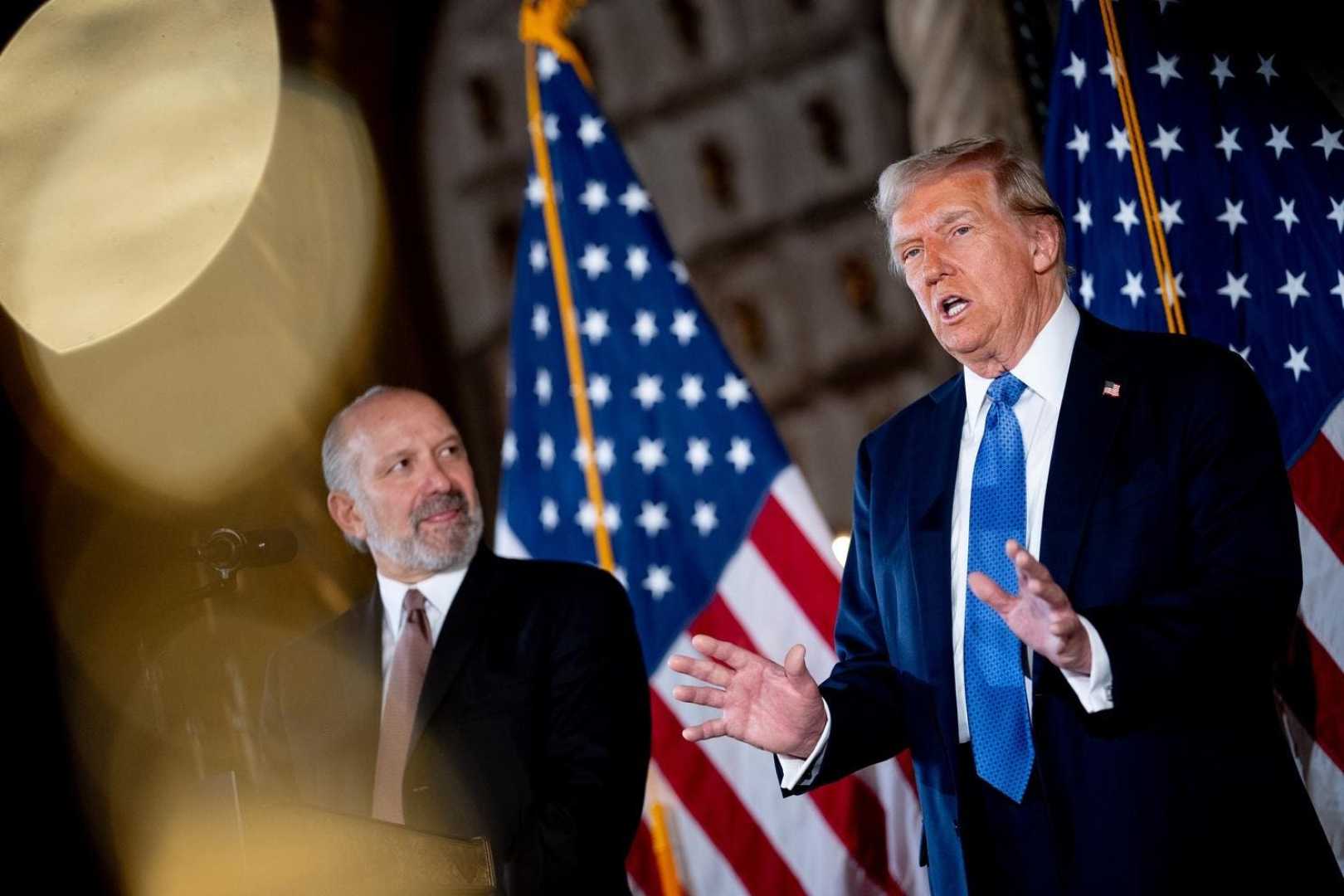Politics
Trump’s Bold Move to Overhaul U.S. Postal Service Leadership

OTTAWA, Canada – In a significant shift, U.S. President Donald Trump is reportedly preparing to dissolve the leadership structure of the U.S. Postal Service (USPS) and assert control over the agency via an executive order. This plan, revealed by The Washington Post on February 20, aims to replace the independent agency’s governing board with officials aligned with his administration.
Citing six sources familiar with the discussions, the report indicates that Trump could move to fire current board members and transfer oversight of USPS to the Commerce Department as soon as this week. The sweeping changes come amid ongoing controversies surrounding the agency’s operations, particularly following recent leadership challenges at USPS.
Postmaster General Louis DeJoy has announced plans to step down, allowing for a transition that may influence how the USPS operates in the coming years. DeJoy, who faced heavy criticism since his appointment in 2020 for making service delivery slower and raising prices, stated that it’s essential for a new leader to be appointed, as the agency continues to work on its long-term strategic plans.
“The major initiatives we are currently endeavoring are multi-year programs, and it is important to have leadership in place,” DeJoy said in a recent statement. His controversial tenure has sparked debates, with lawmakers and regulators scrutinizing his proposed reforms aimed at financial recovery for USPS.
Trump’s intention to reshape the board comes at a time when the USPS is four years into DeJoy’s 10-year Delivering for America plan, which seeks to streamline operations and return to financial stability after years of deficits. Critics argue that DeJoy’s price hikes and operational consolidations have resulted in deteriorated services.
The USPS board of governors currently comprises three Republicans, two Democrats, and one independent. Trump’s potential nominations could tilt the board further toward his party, raising concerns among opponents that he may appoint individuals who support his agenda to overhaul USPS.
While DeJoy’s departure was anticipated, industry insiders noted that the timing might indicate a strategic play to facilitate Trump’s plans. “It sure feels like he stepped aside so Trump can reshape the board,” suggested one mailing industry executive.
Financial struggles persist, as DeJoy has missed crucial revenue targets and anticipates continuing shortfalls into fiscal 2025. However, the agency reported a profit in the first quarter of the current fiscal year, a rare occurrence in recent history.
DeJoy has reiterated the importance of maintaining mail delivery standards. “My mandate is to ensure mail and packages are delivered six days a week,” he stated. “The reforms are the only viable route to achieve this.”
The Postal Regulatory Commission, responsible for oversight, has frequently argued against DeJoy’s strategies, deeming them inadequately substantiated and ineffective. Congressional members, including those from Trump’s Republican Party, have expressed discontent with the current postal management.
As the agency continues to navigate financial challenges, DeJoy’s major pursuits involve consolidating operations, constructing new facilities, enhancing infrastructure, and investing in an electric vehicle fleet—as part of a broader modernization initiative.
“Louis DeJoy has steadfastly served the nation and the Postal Service over the past five years,” said Amber McReynolds, the new chair of the board, praising DeJoy’s leadership and strategic vision. “We appreciate his tireless efforts to modernize the Postal Service.”
As USPS prepares for possible changes in leadership and administration direction, the future structure and strategy of the agency hang in the balance.












